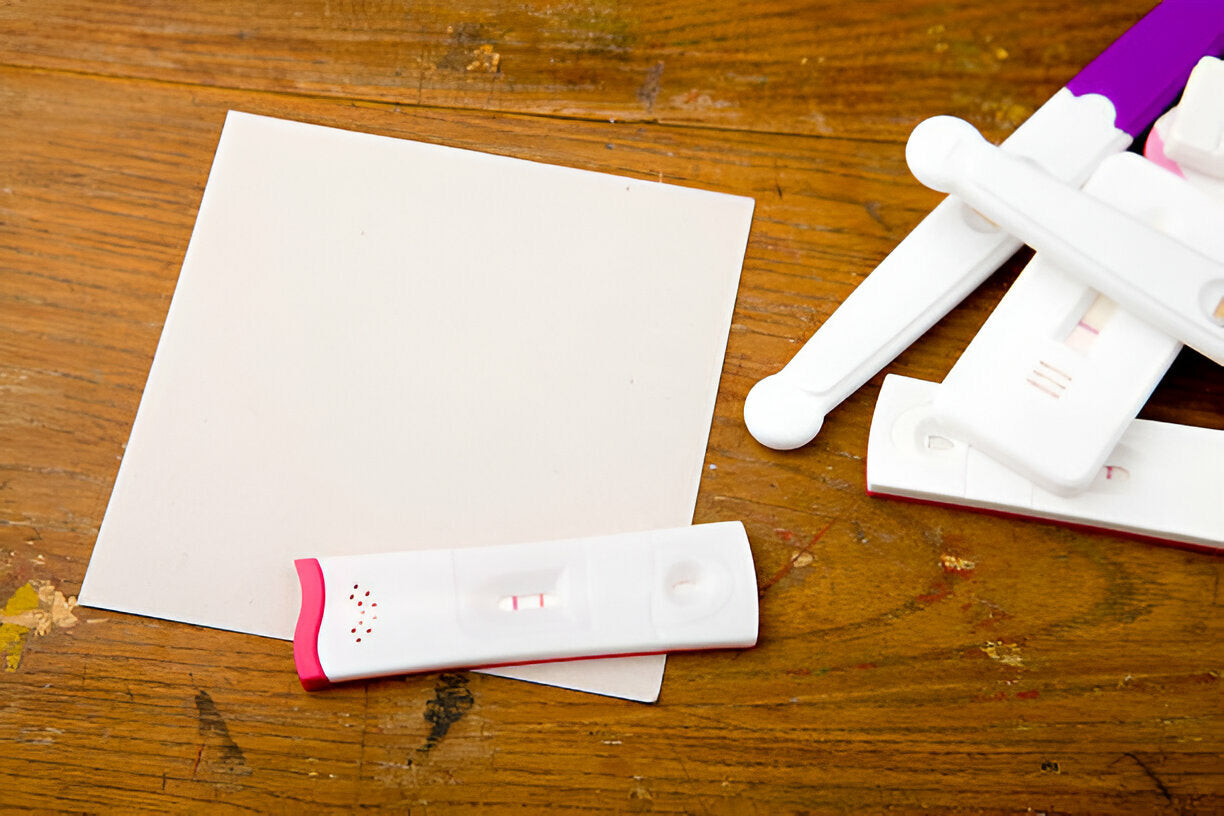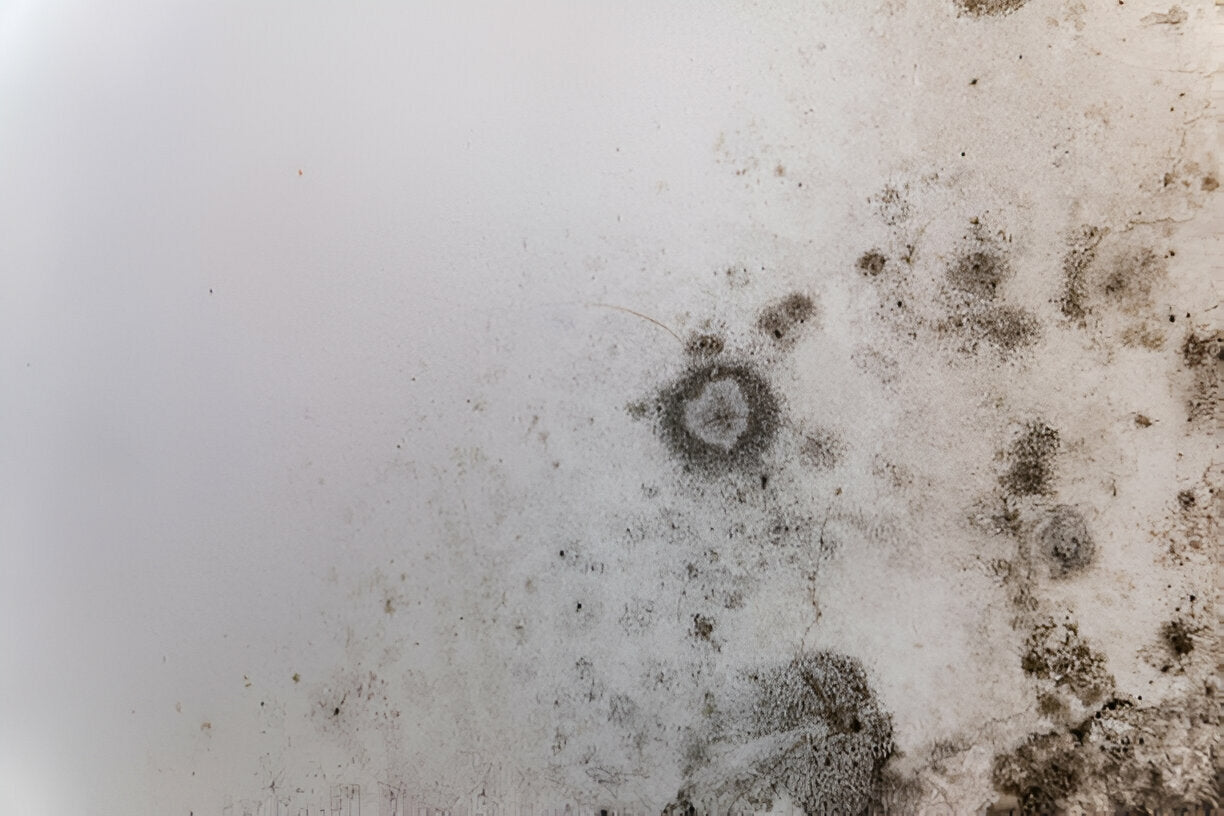How Mold Grows in Washing Machines and How to Prevent It
Washing machines are an essential appliance in modern homes, designed to keep our clothes clean and fresh. However, these hardworking machines can sometimes harbor an unpleasant secret: mold growth. If you’ve ever noticed a musty smell coming from your washing machine or found black or green spots in the detergent drawer, gasket, or drum, you may have a mold problem.
In this blog, we’ll explore why mold grows in washing machines, the potential health risks, and how you can keep your machine mold-free.
Why Mold Grows in Washing Machines
Mold thrives in warm, moist environments, making washing machines an ideal breeding ground. Several factors contribute to mold growth in washing machines:
- Front-Load Design: Front-loading washing machines are particularly prone to mold growth because of their rubber door gaskets. These seals trap water, detergent residue, and lint, creating a moist environment.
- Detergent and Fabric Softener Residue: Using too much detergent or fabric softener can leave residue behind, which acts as a food source for mold.
- Infrequent Cleaning: Washing machines need regular maintenance to stay mold-free. Neglecting to clean the drum, gasket, and detergent drawer allows mold to thrive.
- Leaving the Door Closed: After a wash cycle, keeping the door or lid shut traps moisture inside, which encourages mold growth.
Health Risks of Mold in Washing Machines
Mold exposure can cause several health issues, especially for individuals with allergies, asthma, or weakened immune systems. Common symptoms include:
- Sneezing and nasal congestion
- Eye and throat irritation
- Respiratory problems
- Skin rashes
Mold-contaminated clothing and linens can also transfer spores to other parts of your home, further exacerbating the problem.
How to Prevent Mold Growth in Your Washing Machine
Fortunately, preventing mold in your washing machine is simple with a few proactive steps:
- Clean the Gasket Regularly: Wipe down the rubber door gasket after every wash. Use a mixture of vinegar and water or a mold-specific cleaner to remove residue and moisture.
- Leave the Door Open: After a wash cycle, leave the door or lid open to allow air circulation and drying.
- Use the Right Detergent: Use high-efficiency (HE) detergents in the recommended amount to minimize residue buildup.
- Run a Maintenance Cycle: Once a month, run an empty wash cycle with hot water and a cleaning agent, such as white vinegar or a washing machine cleaner.
- Clean the Detergent Drawer: Remove and rinse the detergent drawer to prevent buildup.
- Inspect and Clean the Drain Filter: Check the drain filter for debris or mold, as clogs can worsen moisture retention.
How to Test for Mold in Washing Machines
If you suspect mold in your washing machine and are concerned about its potential impact on your health, consider using a DIY mold testing kit. At MycoTest, we offer professional-grade home mold testing kits that make it easy to collect samples from your washing machine or surrounding areas. Our fast lab results will help you determine if mold is present and what type it is, so you can take appropriate action.
Next Steps for Mold Problems
If your washing machine tests positive for mold, addressing the issue promptly is essential. Clean the affected areas thoroughly and take steps to prevent recurrence. If mold contamination has spread beyond your machine, contact a professional remediation service for assistance.
At MycoTest, we connect clients with in-network remediation experts and offer consulting services to create a tailored mold remediation plan. Don’t let mold compromise your health—take control today!






